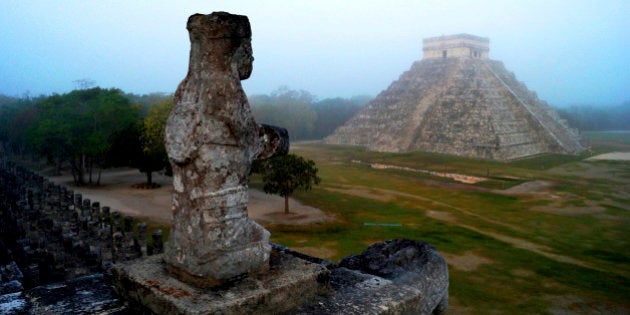
De nombreux adolescents (et adultes) ne savent pas grand chose sur les Mayas, si ce n'est que leur calendrier a fait croire à certains que la fin du monde surviendrait en 2012. Mais à 15 ans, William Gadoury, a découvert une nouvelle cité maya dont on ignorait jusqu'à présent l'existence, comme le rapporte le Journal de Montréal.
MISE À JOUR:
L'adolescent de Saint-Jean-de-Matha a fait cette découverte extraordinaire grâce à sa théorie selon laquelle les Mayas choisissaient l'emplacement de leurs villes en fonction de la forme de certaines constellations d'étoiles. Cette corrélation était auparavant inconnue des chercheurs. Il avait d'ailleurs bien impressionné les chercheurs de l'Agence spatiale canadienne en leur présentant sa recherche, en novembre 2014.
Sa découverte lui a permis d'être sélectionné pour participer à l'Expo-Sciences internationale du Mouvement international pour le Loisir scientifique et technique (MILSET) qui aura lieu au Brésil en août 2017. Il représentera le Québec.
Il demande toutefois l'aide du public pour aider à financer son voyage. L’Académie Antoine-Manseau paiera 50% des frais, mais William a toujours besoin d'environ 1000$.
Les gens désirant l'aider à se rendre à Fortaleza, au Brésil, peuvent communiquer avec William Gadoury par courriel au: will_maya@live.ca.